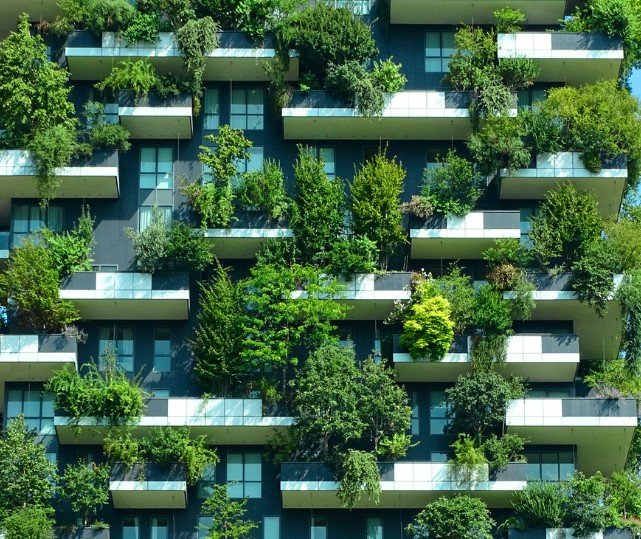In a major shift toward sustainability, property managers across the United States are adopting green property inspection software to cut carbon footprints and boost efficiency. This trend, highlighted in recent industry reports from Florida based firms, comes as global environmental concerns push for eco friendly practices in real estate management as of September 2025.
The Growing Demand for Eco Friendly Property Management
Property management has changed a lot in recent years. Managers now focus on green practices to meet tenant demands and follow new regulations. This year, studies show that over 70 percent of commercial properties aim for certifications like LEED or ENERGY STAR. These standards help reduce energy use and waste.
The push comes from rising energy costs and climate change awareness. For example, a recent event at the Green Build Conference in 2025 discussed how buildings account for nearly 40 percent of global carbon emissions. Property owners want tools that make inspections smarter and greener. This helps them spot issues like poor insulation or water leaks early.
Many managers face challenges with old methods. Paper based inspections waste resources and miss key data. Digital tools solve this by offering real time tracking. They align with what users search for, like sustainable management tips for 2025.

How Inspection Software Supports Green Goals
Advanced software plays a key role in eco friendly inspections. It allows managers to create custom checklists that include sustainability checks. This means evaluating things like solar panel efficiency or recycling setups during routine visits.
One big advantage is mobile apps. Inspectors use them to capture photos and notes on site without paper. This reduces waste and speeds up reports. Data from these tools helps track energy trends over time, leading to better decisions.
Integration with other systems is another plus. Software connects to utility monitors and maintenance platforms. This creates a full picture of a property’s environmental impact. Managers can then plan upgrades that save money and resources.
In practice, these tools have led to real savings. Reports indicate that properties using digital inspections cut energy use by up to 25 percent. This factual data comes from industry analyses showing lower bills and happier tenants.
Top Trends Shaping Green Inspections in 2025
This year brings exciting trends in property inspection software. AI and IoT stand out as game changers. AI analyzes data to predict maintenance needs, while IoT sensors monitor energy in real time.
Sustainability focus grows stronger. Software now tracks carbon credits and green materials. This ties into broader trends like waste reduction and smart buildings.
Here are some key trends:
-
-
- AI powered analytics for spotting energy waste quickly.
- Mobile first designs that make inspections easy on any device.
- Integration with ESG reporting for better compliance.
- Focus on user experience with simple interfaces.
-
These trends answer common searches for 2025 property management innovations. They provide practical value by solving efficiency problems.
Experts predict more growth. With events like the Property Management Expo in July 2025, companies showcased tools that blend tech with green goals. This balances innovation with environmental care.
Another trend is the rise of cloud based platforms. They allow teams to collaborate from anywhere, reducing travel emissions.
Benefits and Challenges of Adopting Green Software
Switching to green inspection software offers clear benefits. It lowers costs through efficient operations. Tenants enjoy healthier spaces, which boosts retention rates.
A table below outlines main benefits:
| Benefit | Description | Impact |
|---|---|---|
| Cost Savings | Reduces energy and maintenance expenses | Up to 30 percent lower bills |
| Environmental Impact | Tracks and cuts carbon emissions | Supports net zero goals |
| Efficiency Gains | Automates reports and data analysis | Saves hours per inspection |
| Tenant Satisfaction | Improves living conditions with green upgrades | Higher retention and reviews |
However, challenges exist. Initial setup costs can be high for small managers. Training staff takes time. Despite this, the long term gains outweigh these hurdles.
Logical reasoning shows that investing now prevents future regulations from catching managers off guard. Recent laws in states like California mandate green reporting by 2026.
Real World Examples of Success
Across the industry, success stories inspire action. In Florida, a multifamily community used inspection software to achieve ENERGY STAR status. They identified HVAC inefficiencies and upgraded to save 20 percent on energy.
Another example from commercial real estate involves a firm that integrated IoT with inspections. This led to better waste management and reduced water use by 15 percent.
These cases show practical value. They entertain with real results while informing readers on how to apply similar strategies.
Events like the Sustainable Real Estate Summit in March 2025 highlighted these wins. Managers shared how software turned data into actionable green plans.
Future Outlook for Sustainable Property Inspections
Looking ahead, the field will evolve further. By 2030, experts forecast that 80 percent of properties will use digital green tools. This ties into global goals like the Paris Agreement.
Innovation will drive this. New features might include VR inspections to minimize site visits. This reduces travel related emissions.
Property managers should start exploring options now. This prepares them for a greener future.
What do you think about these trends? Share your thoughts in the comments and spread the word to help more people go green.








